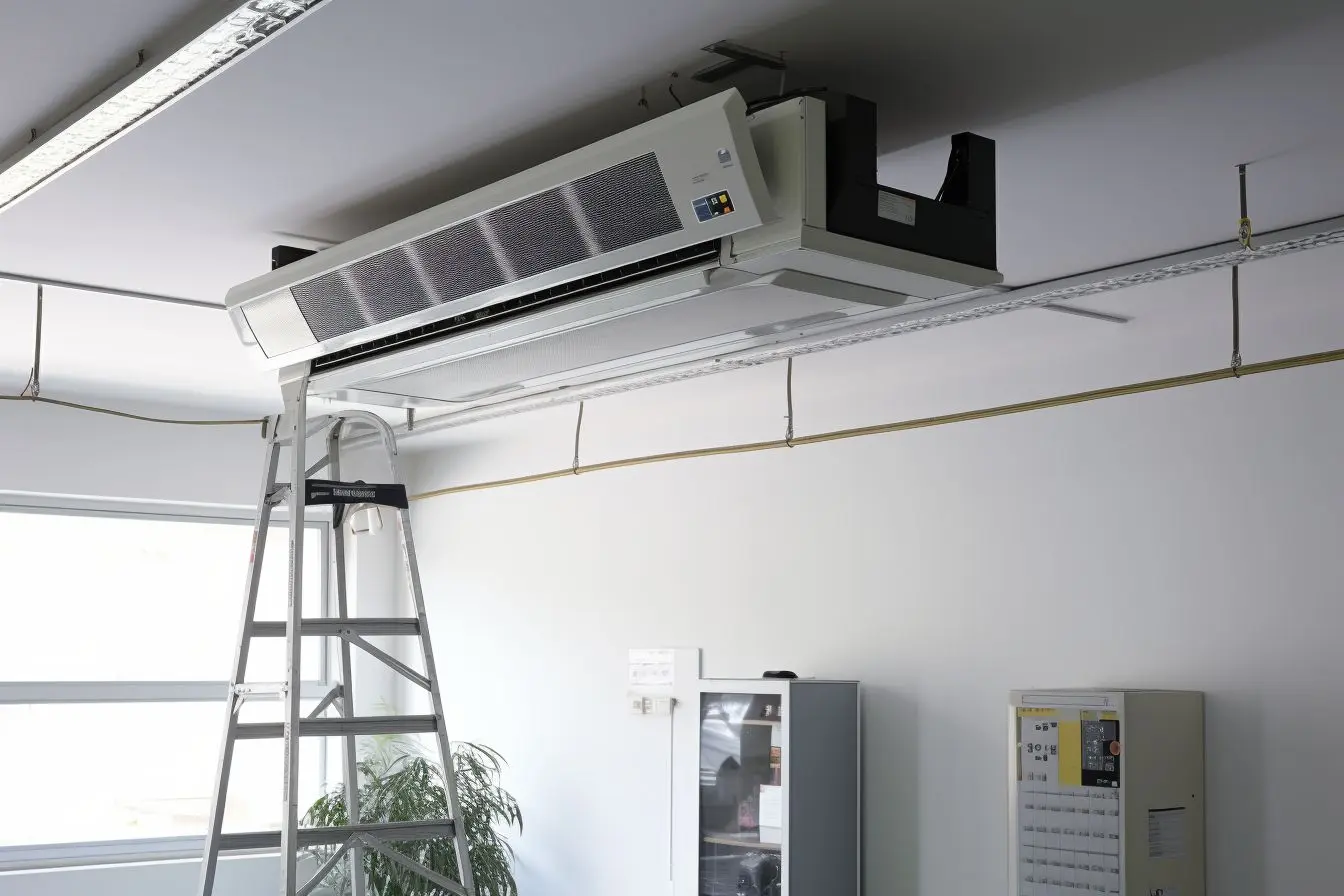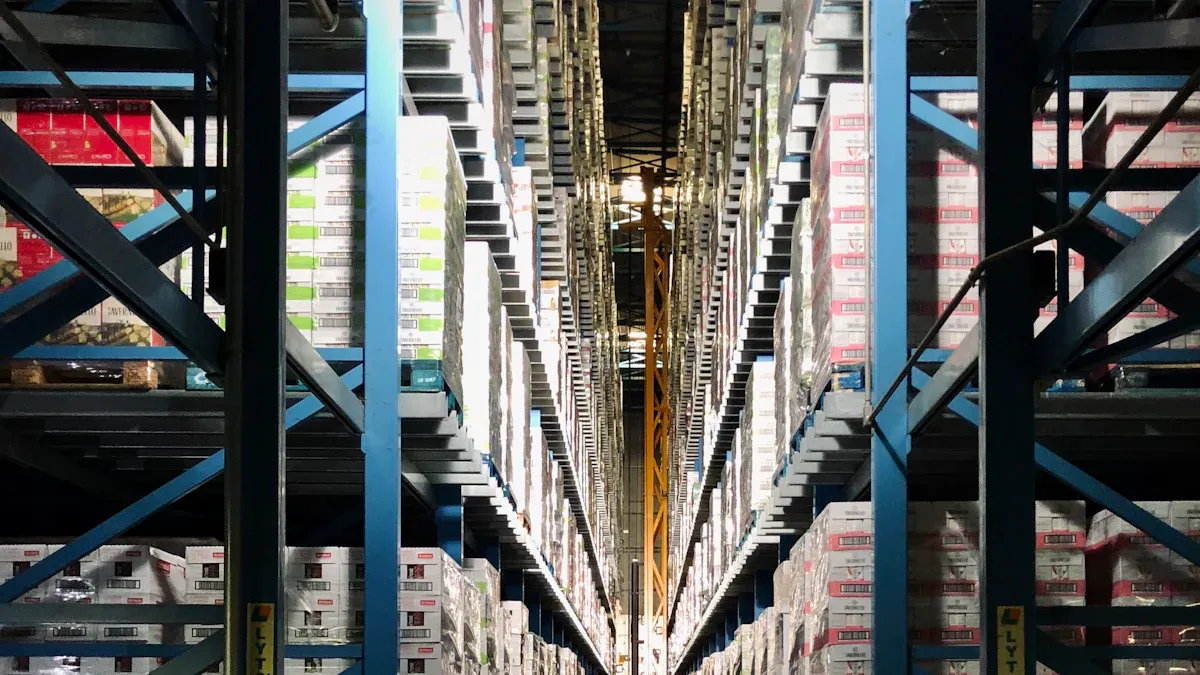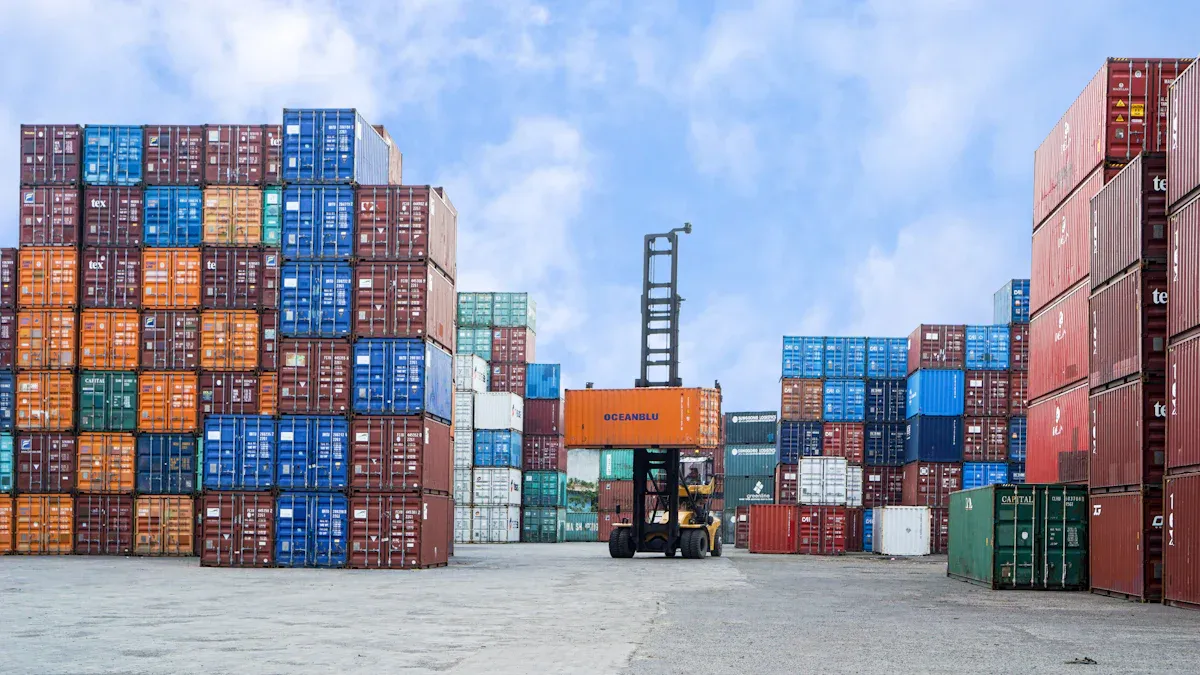2025 Global Cold Chain Report: Demand Growth & Challenges for Heat Exchangers

The cold chain industry is experiencing unprecedented growth. 📈 By 2033, its market value is projected to surge to $1,122 billion, driven by logistics advancements. Copper fin heat exchangers play a critical role in temperature control systems, ensuring product integrity across refrigeration units like display cabinets and medical ultra-low temperature refrigerators. Companies like Ningbo Senjun New Materials Co., Ltd. lead innovation in this space.
Key Takeaways
- The cold chain industry is growing fast. The heat exchanger market may reach $19.77 billion by 2025. This happens because of better shipping methods and energy-saving ideas.
- Copper fin heat exchangers help keep temperatures steady in coolers. They work well because copper moves heat quickly. These are used in hospitals and factories.
- Taking care of heat exchangers is very important. It stops dirt buildup that slows them down. Companies should use new tools and materials to make them work better and last longer.
Demand Growth for Heat Exchangers

Key Drivers of Demand Growth
The demand for heat exchangers is surging due to several key factors. I have observed that the rapid expansion of the chemical industry plays a pivotal role in this growth. This sector relies heavily on heat exchangers for efficient temperature regulation during production processes. Furthermore, the global push toward decarbonization has intensified the need for energy-efficient solutions, making heat exchangers indispensable in achieving sustainability goals. The power generation sector also contributes significantly to this demand, as it increasingly adopts advanced heat exchanger technologies to enhance operational efficiency.
To illustrate this growth, market forecasts for 2025 project a market size of $19.77 billion, with a compound annual growth rate (CAGR) of 9.34%. By 2030, the market is expected to reach $30.89 billion. These figures highlight the robust trajectory of the heat exchanger market, driven by technological advancements and the growing emphasis on energy efficiency.
| Year | Market Size (USD) | CAGR (%) |
|---|---|---|
| 2025 | 19.77 Billion | 9.34 |
| 2030 | 30.89 Billion | N/A |
In my experience, the increasing adoption of copper fin heat exchangers across industries further underscores their importance. These exchangers offer superior thermal conductivity and durability, making them a preferred choice for applications in refrigeration, power generation, and chemical processing.
Regional Trends and Market Segmentation
Regional trends reveal significant disparities in the demand for heat exchangers. For instance, the Middle East Aircraft Heat Exchanger Market Report 2025 provides valuable insights into market segmentation and regional performance. Countries like Saudi Arabia, Turkey, UAE, Egypt, and Qatar exhibit varying levels of demand, influenced by factors such as industrial growth, infrastructure development, and government policies. This report highlights the importance of understanding regional dynamics to capitalize on emerging opportunities.
In China, cold chain logistics efficiency varies widely across regions. From 2013 to 2019, technical efficiency (TE) and scale efficiency (SE) averaged 0.382 and 0.551, respectively, indicating room for improvement. Coastal regions show relatively stable efficiency, while Central Yellow River and Northwest China experience fluctuations. Northeast China, however, consistently lags behind, with TE below 0.4. These disparities emphasize the need for targeted strategies to enhance cold chain logistics and, consequently, the demand for heat exchangers.
I believe that addressing these regional challenges requires innovative solutions and strategic investments. Companies like Ningbo Senjun New Materials Co., Ltd. are well-positioned to meet these demands with their advanced copper fin heat exchangers, which cater to diverse applications, including medical ultra-low temperature refrigerators and display cabinets.
Challenges for Heat Exchangers
Technical Challenges
Heat exchangers face several technical challenges that impact their efficiency and reliability. One of the most significant issues is fouling, where solids accumulate on the surfaces of the heat exchanger. This buildup reduces heat transfer efficiency and restricts fluid flow, leading to higher energy consumption. Over time, fouling can degrade the performance of even the most advanced systems, including U-shaped heat exchangers, which are known for their thermal efficiency. Maintenance becomes critical in such cases. Regular cleaning and rigorous overhaul schedules are necessary to combat fouling and restore optimal performance. However, these maintenance activities often require downtime, which can disrupt operations and increase costs.
Designing heat exchangers for high-pressure and high-temperature environments adds another layer of complexity. When hazardous fluids are involved, safety measures must be prioritized. Engineers must account for these factors during the design phase to ensure both operational efficiency and safety. For instance, the economic and operational impacts of U-shaped heat exchangers have been analyzed in various case studies, highlighting the importance of balancing performance with maintenance requirements. These challenges underscore the need for innovative solutions that can enhance durability and reduce the frequency of maintenance.
In my experience, the adoption of advanced materials and technologies, such as copper fin heat exchangers, has helped address some of these issues. Their superior thermal conductivity and durability make them a reliable choice for applications where efficiency and longevity are critical.
Regulatory and Environmental Challenges
The regulatory landscape for heat exchangers is becoming increasingly stringent. Governments worldwide are implementing policies aimed at reducing greenhouse gas emissions and improving energy efficiency. These regulations directly impact the design and operation of heat exchangers. Manufacturers must now develop systems that comply with energy efficiency standards while minimizing their environmental footprint. This shift has created a demand for sustainable solutions, pushing the industry to innovate.
Environmental challenges also play a significant role. Heat exchangers often operate in industries that handle hazardous materials, such as chemicals and refrigerants. Proper disposal and recycling of these materials are essential to prevent environmental contamination. Additionally, the use of eco-friendly refrigerants is gaining traction, requiring heat exchanger designs to adapt accordingly. Meeting these environmental standards is not just a regulatory requirement but also a moral obligation for the industry.
I believe that companies like Ningbo Senjun New Materials Co., Ltd. are well-positioned to navigate these challenges. Their expertise in producing copper fin heat exchangers for applications such as medical ultra-low temperature refrigerators and display cabinets demonstrates their commitment to both innovation and sustainability.
Innovations and Solutions

Emerging Technologies in Heat Exchangers
The heat exchanger industry is witnessing remarkable advancements. I have observed that emerging technologies are reshaping performance metrics and efficiency standards. For instance, optimization techniques like the Design of Experiments (DOE) and genetic algorithms have revolutionized system design. These methods achieve a 99% R-squared accuracy in predicting outcomes such as thermal resistance and utility, while Principal Component Analysis reduces dimensionality by identifying 87.7% of variance.
| Key Factors | Description |
|---|---|
| Optimization Techniques | Integrated optimization framework using DOE and genetic algorithms. |
| Performance Metrics | Achieved 99% R-squared for predicting key outcomes (€, TR, U). |
| Principal Component Analysis | Identified 87.7% of variance to reduce dimensionality. |
| Efficiency Improvements | Maximized efficiency, thermal resistance, and utility through systematic design. |
Recent case studies further highlight the impact of these innovations. The advanced borehole heat exchanger (STS) demonstrated heat gain four times higher than conventional HDPE units under identical conditions. Its superior thermal conductivity enabled faster stabilization, reaching steady-state within 25 minutes compared to HDPE's prolonged duration. These findings underscore the importance of adopting cutting-edge technologies to enhance operational efficiency.
Industry Strategies to Overcome Challenges
I believe that overcoming industry challenges requires a multi-faceted approach. Enhanced energy efficiency remains a top priority. Compact and modular designs are gaining traction, allowing for easier installation and maintenance. Advanced materials, such as copper fin heat exchangers, offer superior thermal conductivity and durability, making them ideal for niche applications like medical ultra-low temperature refrigerators.
- Enhanced Energy Efficiency
- Compact and Modular Designs
- Integration of Advanced Materials
- Rise of Plate Heat Exchangers
- Focus on Industrial Internet of Things (IIoT) Integration
- Adoption of Heat Recovery Systems
- Customization for Niche Applications
The integration of IIoT technologies is transforming heat exchanger operations. Real-time monitoring and predictive maintenance reduce downtime and optimize performance. Additionally, heat recovery systems are becoming standard, enabling industries to recycle waste heat for secondary applications. These strategies not only address technical and regulatory challenges but also align with sustainability goals.
The heat exchanger market continues to grow due to industrial expansion and rising energy demands. I see sustainability and energy efficiency as critical drivers shaping this growth.
- Rapid industrialization and the need for waste heat recovery fuel market expansion.
- High installation costs and complex retrofitting remain barriers for smaller industries.
Looking ahead, I believe innovations like recyclable materials and advanced designs will redefine the cold chain industry. 🌍
FAQ
What role do heat exchangers play in the cold chain industry?
Heat exchangers ensure precise temperature control in refrigeration systems. They maintain product quality across applications like medical refrigerators, display cabinets, and freezers.
How does Ningbo Senjun New Materials Co., Ltd. contribute to the industry?
Senjun specializes in advanced copper fin heat exchangers. Their products support diverse applications, including ultra-low temperature medical refrigerators and dehumidifiers.
What are the key challenges for heat exchanger manufacturers?
Manufacturers face challenges like fouling, regulatory compliance, and sustainability. Advanced materials and innovative designs help address these issues effectively.
💡 Tip: Regular maintenance and adopting cutting-edge technologies can significantly enhance heat exchanger performance and longevity.


















